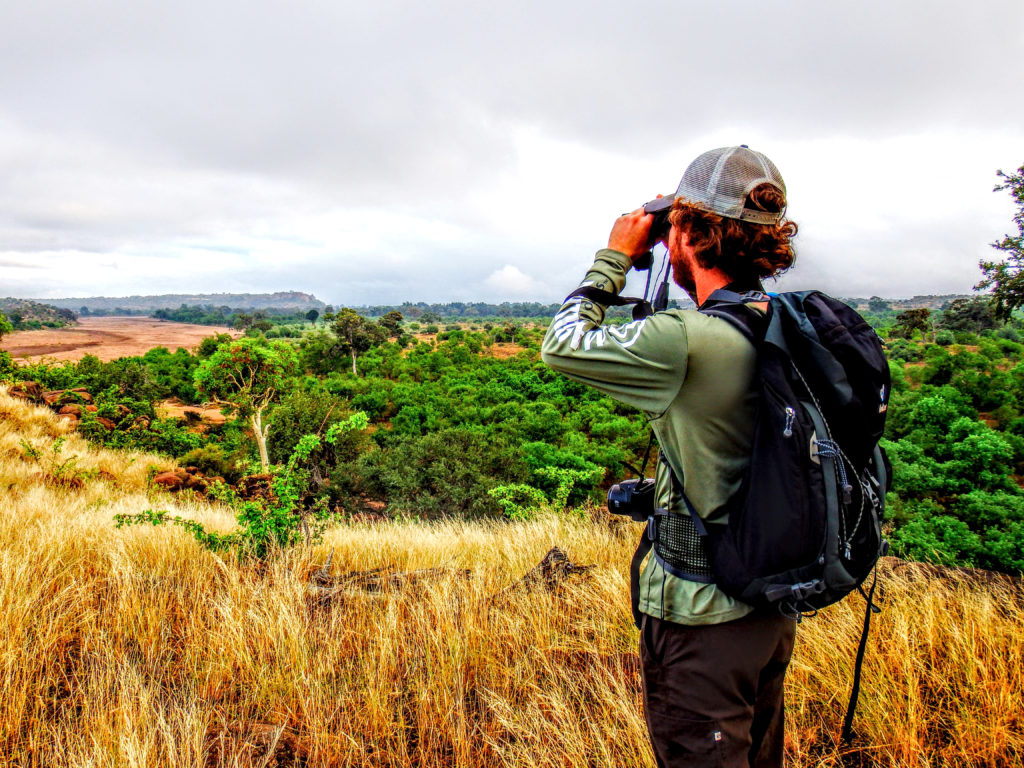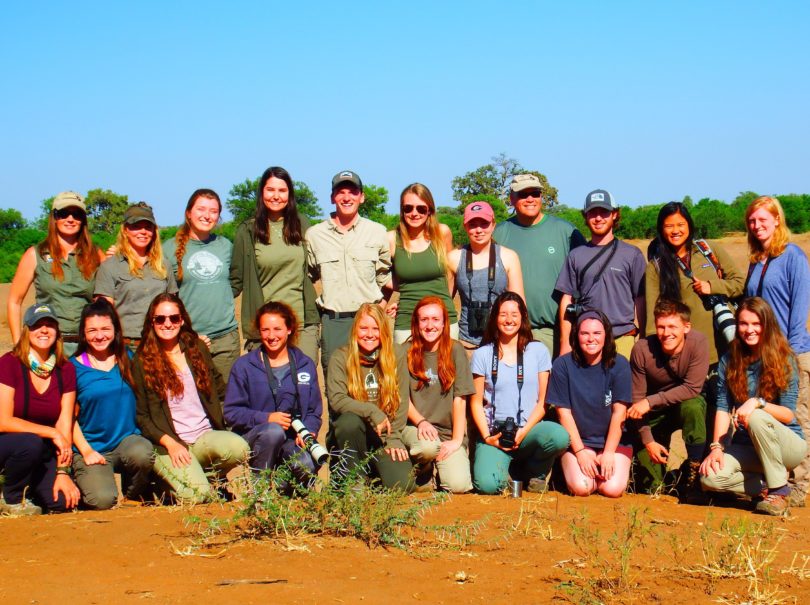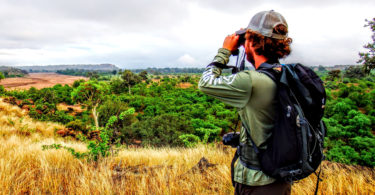This summer, a group of 17 students from the Warnell School of Forestry and Natural Resources traveled to Botswana and South Africa as part of Luis Candelario’s WILD 5200-International Issues in Conservation course. The class introduced students to international wildlife management issues, as well as taught about animal biology, behavior, ecology and evolution. Teaching assistant Katelyn Kivett took these photos.



